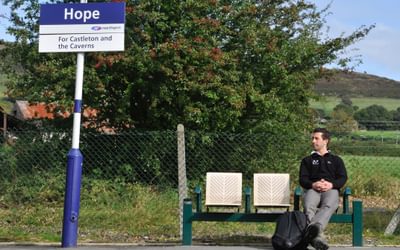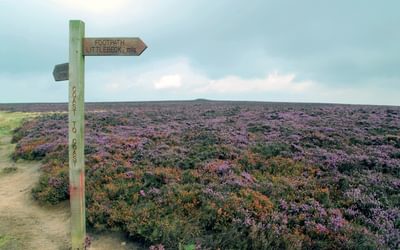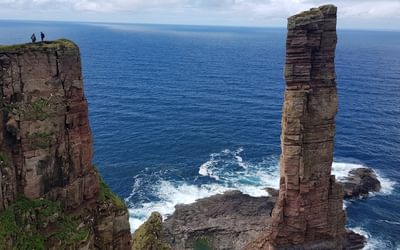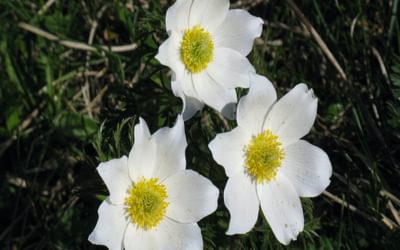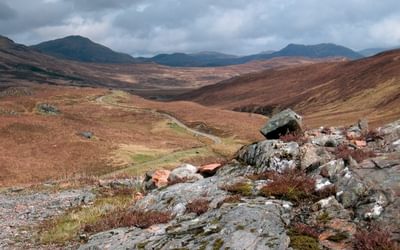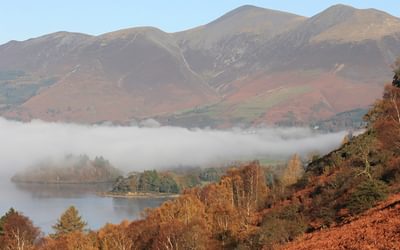In search of wildlife on Speyside
Outdoor writer Terry Marsh takes time to get up close to some of the wildlife of the Cairngorms and Speyside regions of Scotland, and discusses how best we can both enjoy and protect our more endangered animals within their native habitat.
Within minutes of settling into a comfy chair in a sturdy hide somewhere in the Rothiemurchus Forest on Speyside, not all that far from Aviemore, a pine marten (Martes martes) appeared at my shoulder, almost literally – a close encounter of a most agreeable kind.
In England, pine martens are extremely rare, and long considered probably extinct, but north of the border they have spread from their Highland stronghold, south-eastwards from the Great Glen into Moray, Aberdeenshire, Perthshire, Tayside and Stirlingshire, with some on the Kintyre and Cowal peninsulas and on the islands of Skye and Mull. But I was in Speyside, in search of wildlife, and, on this particular evening making the most of a dusk watch with Speyside Wildlife, who run excellent wildlife-watching holidays.
Our first visitor of the evening soon disappeared to the other side of the hide, where a feeding table had already been primed with raisins, peanuts and a hen's egg. It was the egg that this particular marten wanted, disappearing swiftly through the bracken and into the gathering darkness beyond the hide's lights – you can see them, but they can't see you. It is, perhaps, ironic that this elusive species, occasionally predated by eagle and fox, is vulnerable from conflict with humans, mainly due to predator control of other species; yet here was one evidently at ease in a man-made environment. This lithe wee beastie, however, enjoys the full protection of the Wildlife and Countryside Act, 1981, and the Environment Protection Act, 1990.
Only a short while later, another pine marten appeared, noticeably a different animal, and gorged itself on the raisins, before a third came along, wistfully looking for leftovers. To see two of them together was a particular treat.
Things went quiet for a while, but then the night vision cameras picked up the unmistakable form of an approaching badger, a sleek, adult male with a liking for peanuts, which was just as well because there were no raisins left. He hung around for half an hour, and then waddled off into the night. As we came up to two hours in the hide, with only the darting, daring antics of a wood mouse now to occupy our attention, our guide was just wrapping things up when the gloomy shape of another badger appeared on the cameras, and then another, and it was back to peanut popping, much to the annoyance of the wood mouse. When we did finally leave, a roe deer was spotted in the beams of our torches, and brought a memorable evening to a close.
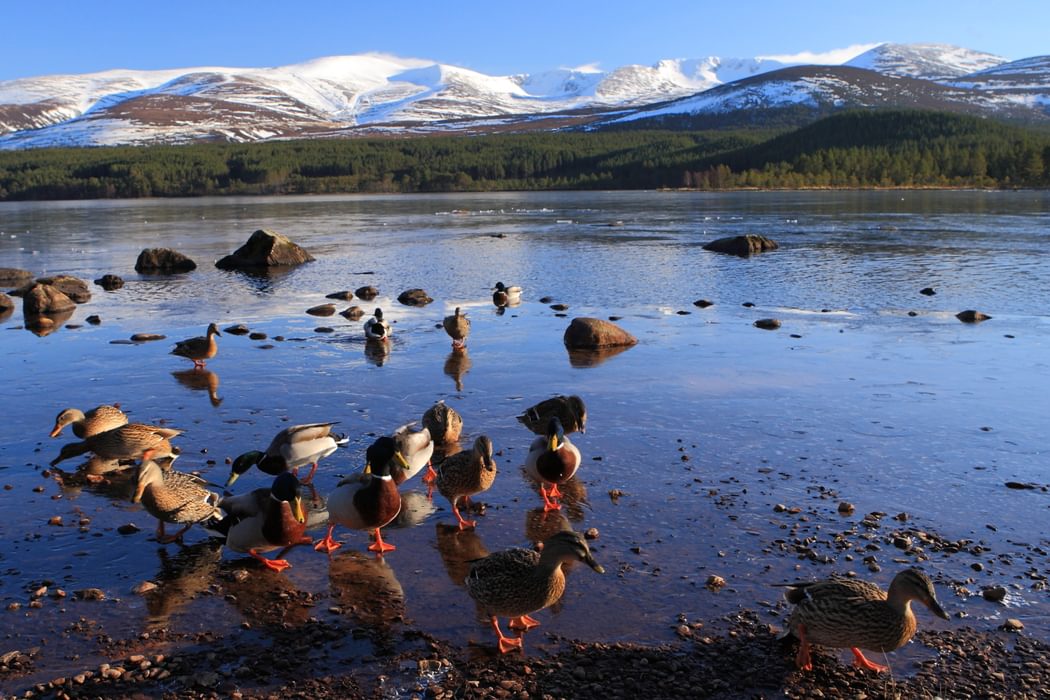
The next day, wandering around Loch Garten in search of crested tit – the osprey were long gone – I got to thinking about something that outstanding nature writer, Jim Crumley, said almost fifteen years ago, specifically about the Cairngorms (A High and Lonely Place), when he spoke of how countryside bureaucracies evaluated the landscape in terms of what people can get out of it, a 'recreation resource' into which visitors are countryside 'users'. Words like 'heritage' and 'resource' are bandied about, he said, with reckless interchangeability, (and this is me now) loose and convenient marketing-speak for something we haven't really got a firm grasp on. 'Heritage' is a historical concept, but 'resource' implies an intention to consume in some unspecified, vague way.
'The result', Jim Crumley concludes, 'is to devalue, at least psychologically, the importance of the landscape, to trivialise people's experiences within it, and to diminish the sense of responsibility which people should feel towards landscape'. It is an interesting and important point that echoes current and recent academic thought (John Urry, Consuming Places) about the way we see and relate with our countryside, and which is currently being researched at Huddersfield University.
The Speyside Wildlife experience is both enlightening...and controlling. It enables visitors who might not otherwise find themselves in places where they could watch wild animals at such close quarters, to do so, but in a managed state. And the delight of seeing those animals was evident for everyone; no one cared that while the animals were undoubtedly wild, albeit to some extent accustomed to proximity with Man, the experience was just a little contrived and artificial compared with encountering the same animals truly in the wild. But, for many, it’s the best that can be achieved, and so has value for that reason alone.
It's an age-old question: how far do you go before the wildness you have come to see is no longer wild?
Not so many years ago, I recall sitting on the summit of the Cairnwell at the head of Glenshee, on the edge today of the national park, eating a sandwich, when five of the nearby rocks got up and walked away. They were ptarmigan, of course, and I hadn't seen them until they moved, but that memory will stay with me much longer than the sight of badgers being drawn to a viewing station by food...and even Queen Victoria got up the Cairnwell!
###pthe Cairngorms are a haven for wildlife. The high mountains, ancient forests, fields and moorlands are nationally and internationally important. There are wildcats in the woods and ospreys fishing the lochs, birds that are only found at altitude, like dotterel, golden plover, snowbunting and ptarmigan, and others that bury themselves across the moors and in the forest, like red grouse, capercaillie and black grouse. In Feral, George Monbiot argues the case for the reintroduction of lynx, beaver and wolf into the Scottish highlands; for what he sees as rewilding – it's that kind of place.
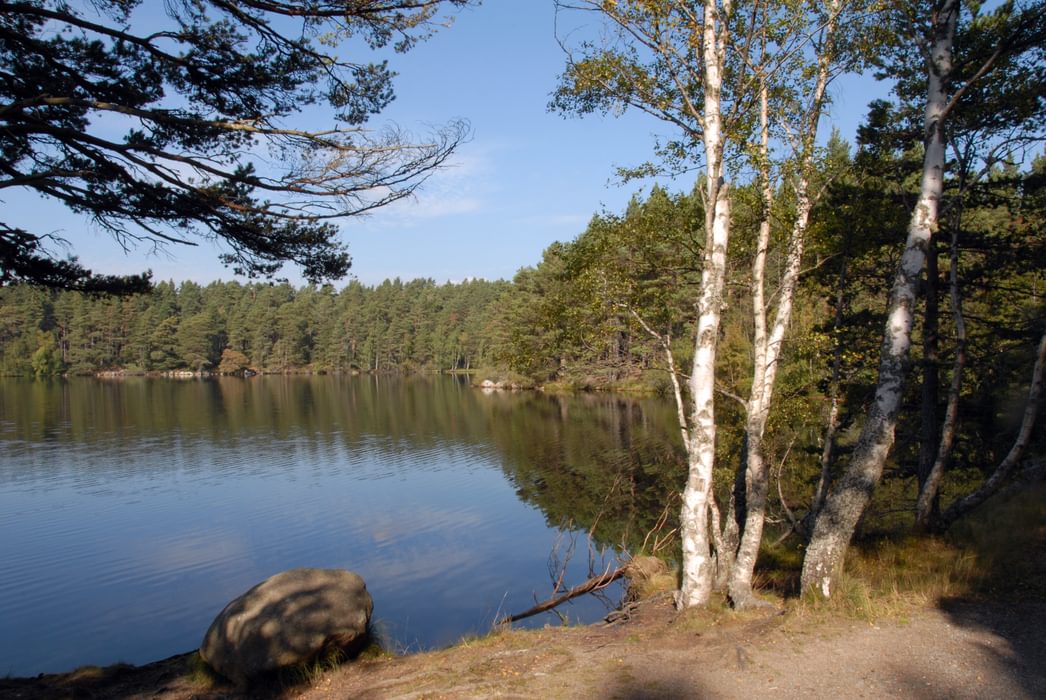
The national park that embraces this vast area – at 1,748 square miles Britain's largest national park – is home to 25 per cent of Britain's threatened species.
It includes extensive areas of wild land, moorlands, forests, rivers, lochs and glens. Sites designated as of importance to natural heritage – there's that word again – take up 39 per cent of the land area. Two thirds of these are of Europe-wide importance.
The area, however, has long been associated with osprey, which arrive from Africa in late March-early April, and depart again in August and September. Their story and its ups and downs is both prolonged and fascinating, and you really have to visit the Abernethy Forest in spring and summer to see things at their best. During my visit, it was crested tit that we sought, but we also found a large number of coal tit. Not as colourful as other members of the tit family, the coal tit has a distinctive grey back, black cap, and white patch at the back of its neck. Its smaller, more slender bill means that it can feed more successfully in conifers, and is perfectly at home in the Cairngorm forests.
Elsewhere capercaillie are said to lurk, but you have to be around, and in the right place, long before breakfast to track down these turkey-sized birds of the woods. This huge woodland grouse spends a lot of time on the ground, but can also be found in trees, where they feed on shoots. The UK capercaillie population has declined rapidly, however, in recent years so that the bird is at very real risk of extinction and is a 'Red List' species.
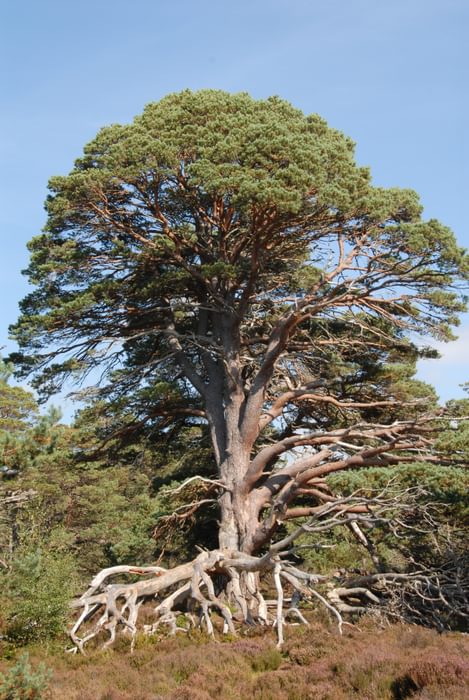
Finding a capercaillie, or for that matter any of the wildlife species that inhabit these Speyside forests and moors, is never easy at the best of times. But doing so can be made more likely by visiting the British Wildlife Watching Club, set-up in 2008 and operated by and from the Grant Arms Hotel in Grantown-on-Spey. It really is a unique and beneficial enterprise that provides guests and other visitors to the hotel with information on what has been seen recently, and where visitors might go to watch for wildlife. The club enjoys rather splendid rooms in the hotel (an impressive 50-bedroom Victorian conversion along the main street in Grantown once visited by Queen Victoria and Prince Albert), including a natural history library and 100-seat lecture room and exists for anyone interested in wildlife, from those who come armed with a telescope and a list of 'Must see' species, to those who simply wish to enjoy a good walk with the chance of seeing wildlife along the way.
Each morning guests at the hotel are issued with a news sheet of sightings and events for the day, while guests will find the Club's monthly newspaper 'The Watcher' in their bedroom, alongside wildlife magazines and a copy of the BWWC Map, which lists 50 different wildlife watching sites in the Cairngorms and North-East Scotland area. And each morning, someone is available for an hour or so to discuss plans for the day, and make suggestions, as well as doling out the sort of local knowledge so essential to successful wildlife watching expeditions. In the evening, there's a debriefing to discuss the day's events. If only more hotels were so enterprising.
Close by, the 1,000-acre Anagach pinewoods spread across the north banks of the Spey, perfect for an evening stroll from the hotel with binoculars, but just as likely to delay you for a whole day. And it was this power of ensnarement that I found most appealing; even a visit to a heather centre produced sightings of red squirrel. The dusk watch was a good start, but in the high and lonely vastness of the Cairngorms, it is the unexpected that is the most heart warming.
More information
British Wildlife Watching Club
Grant Arms Hotel: 25 The Square, Grantown on Spey, PH26 3HF Tel: 0800 043 8585
Speyside Wildlife: Wester Camerorie, Ballieward, Grantown-on-Spey, PH26 3PR Tel: 01479 812498
To read more articles like this get our newsletter
Sign up for 20% off your next purchase and to be the first to hear about exclusive competitions, special offers, and news from Cicerone.








